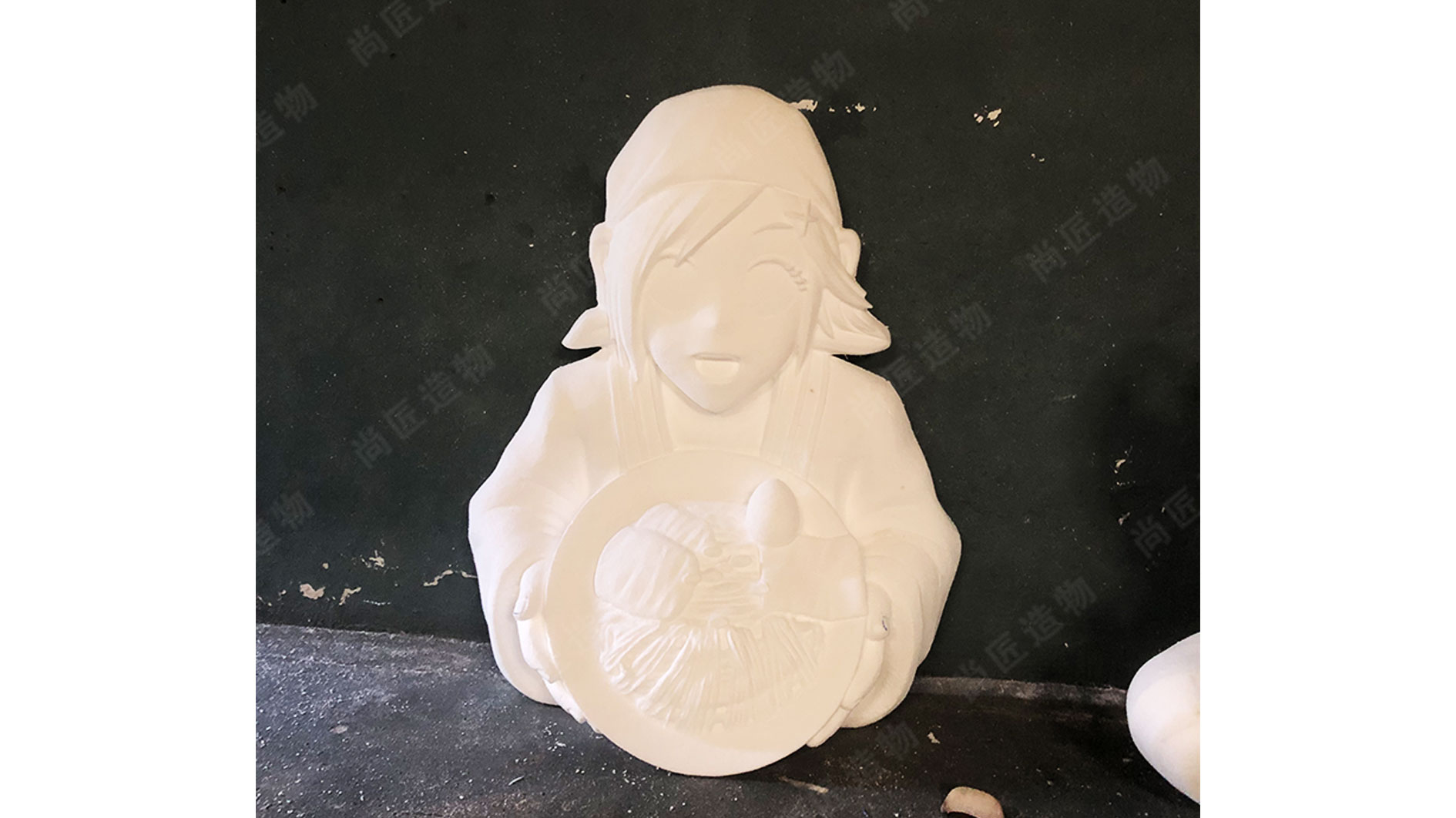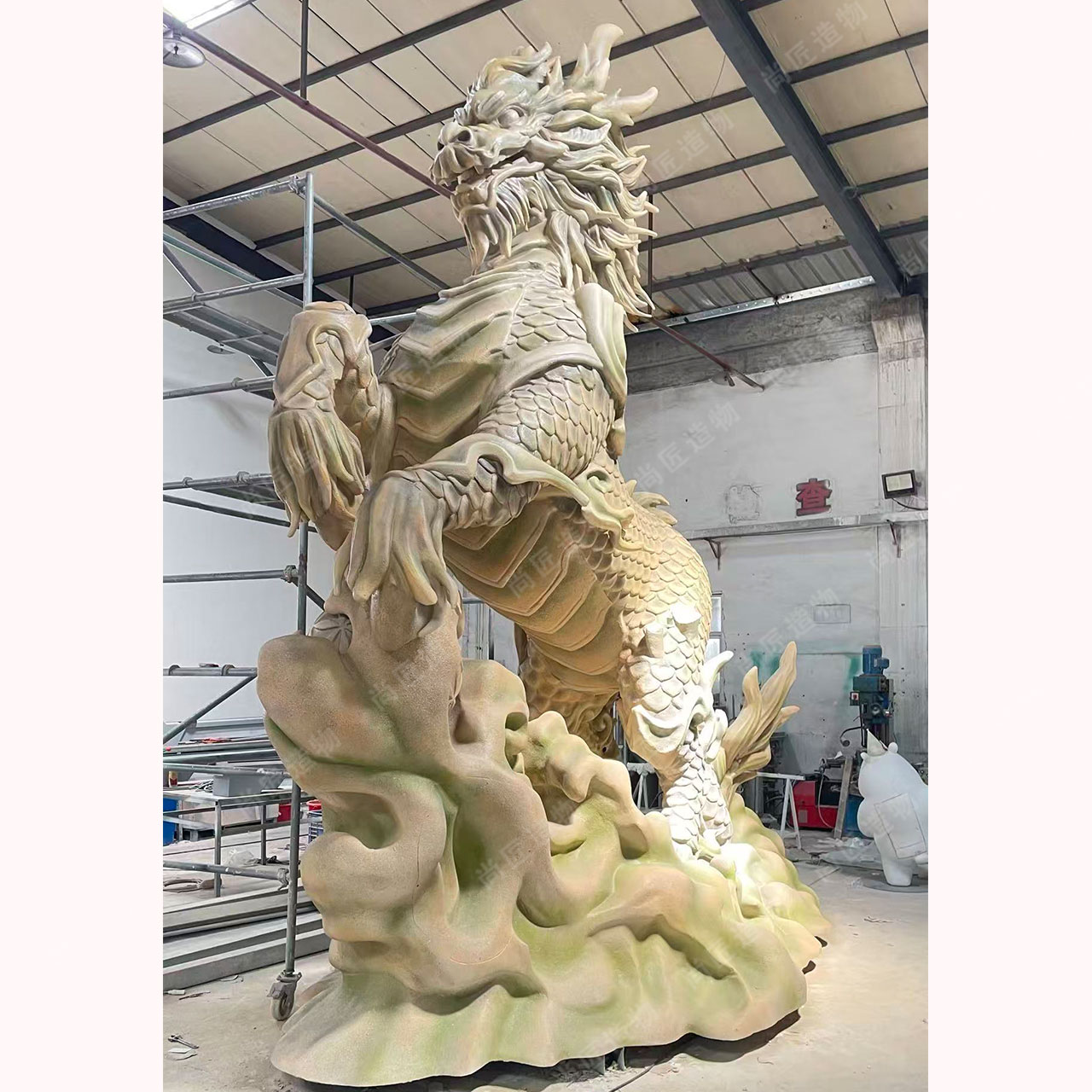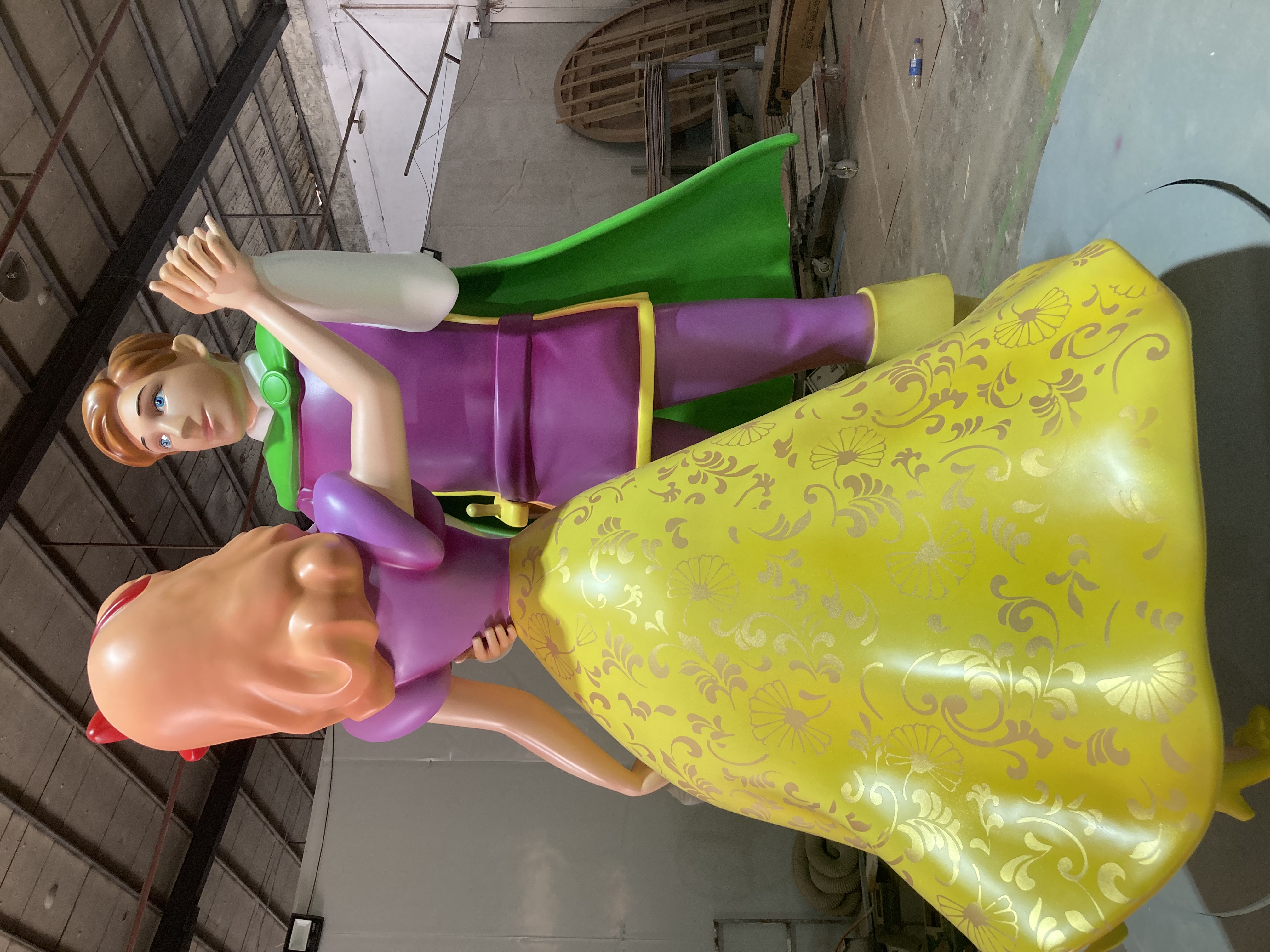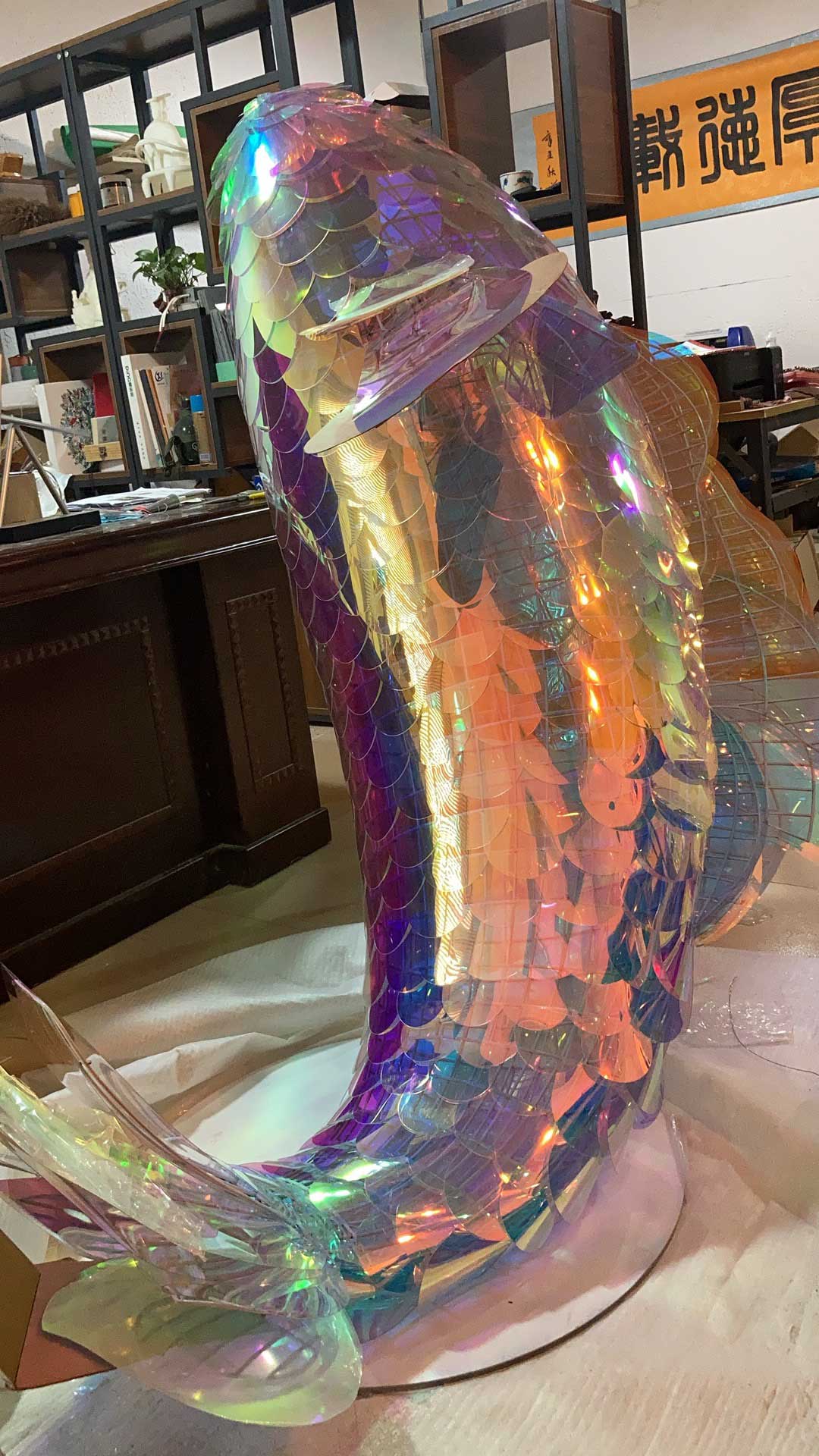Key Takeaways
Fiberglass IP sculpture creation requires careful navigation of copyright laws to protect both artistic expression and intellectual property rights. First, transformative design—modifying recognizable characters in ways that add new meaning or context—can help artists avoid infringement claims while maintaining creative freedom. Second, understanding fair use doctrines is critical; factors like purpose, nature, and market impact determine whether a sculpture qualifies as legally permissible. Third, licensed adaptations offer a secure path for reproducing copyrighted characters, ensuring compliance through formal agreements with rights holders. Artists must also assess risks such as unauthorized replication or ambiguous trademark boundaries, which could lead to disputes. By combining legal awareness with innovative techniques, sculptors can balance originality with respect for IP frameworks, fostering ethical practices in the fiberglass art industry.
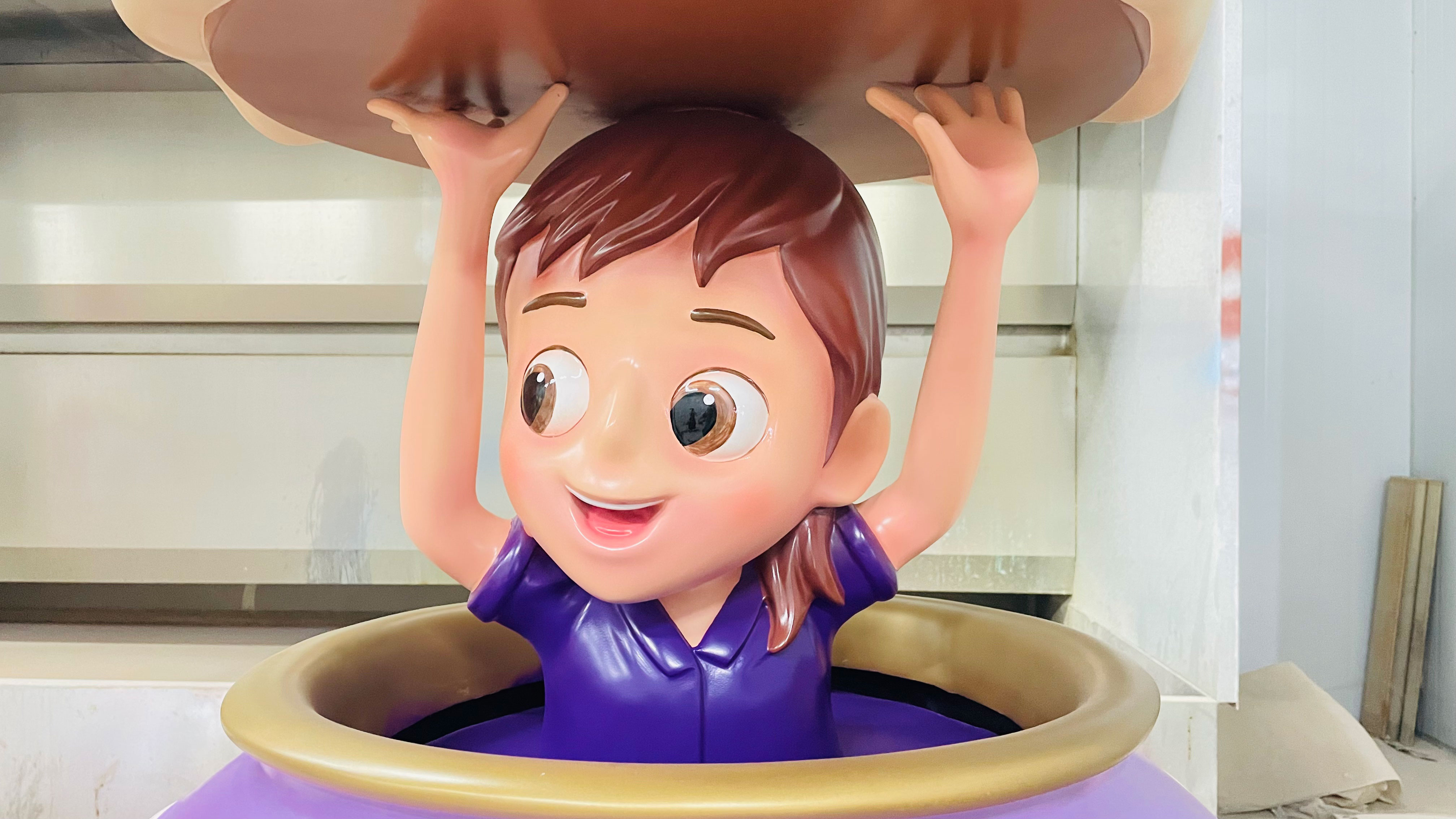
Transformative Design in Fiberglass IP Art
Transformative design reimagines existing intellectual property (IP) through artistic reinterpretation, enabling fiberglass sculptors to create legally compliant works. By altering key elements such as posture, color schemes, or cultural context, artists can distance their sculptures from direct copyright infringement. For example, a fiberglass rendition of a copyrighted character might adopt abstract geometric forms or incorporate region-specific motifs, shifting the work’s purpose from commercial replication to commentary or parody.
“Courts often assess whether a derivative work adds ‘new expression, meaning, or message’ to the original—a critical factor in fair use determinations,” notes intellectual property attorney Clara Merton.
A comparative analysis of transformative techniques:
| Original Element | Transformative Adjustment | Legal Rationale |
|---|---|---|
| Identical facial features | Stylized abstraction | Reduces direct visual linkage |
| Branded costume details | Culturally inspired redesign | Avoids trademark dilution |
| Signature pose | Dynamic recontextualization | Establishes distinct narrative |
Artists should document their creative process to demonstrate intentional transformation. For instance, sketches showing iterative design changes or notes explaining cultural influences can strengthen legal defenses. When working with IP character sculpture projects, consider consulting licensing databases to identify public-domain inspirations.
Tip: Use non-literal interpretations—like converting a character’s weapon into a symbolic object—to maintain artistic freedom while reducing infringement risks.
This approach balances innovation with compliance, allowing sculptors to explore new aesthetic territories without compromising legal boundaries.
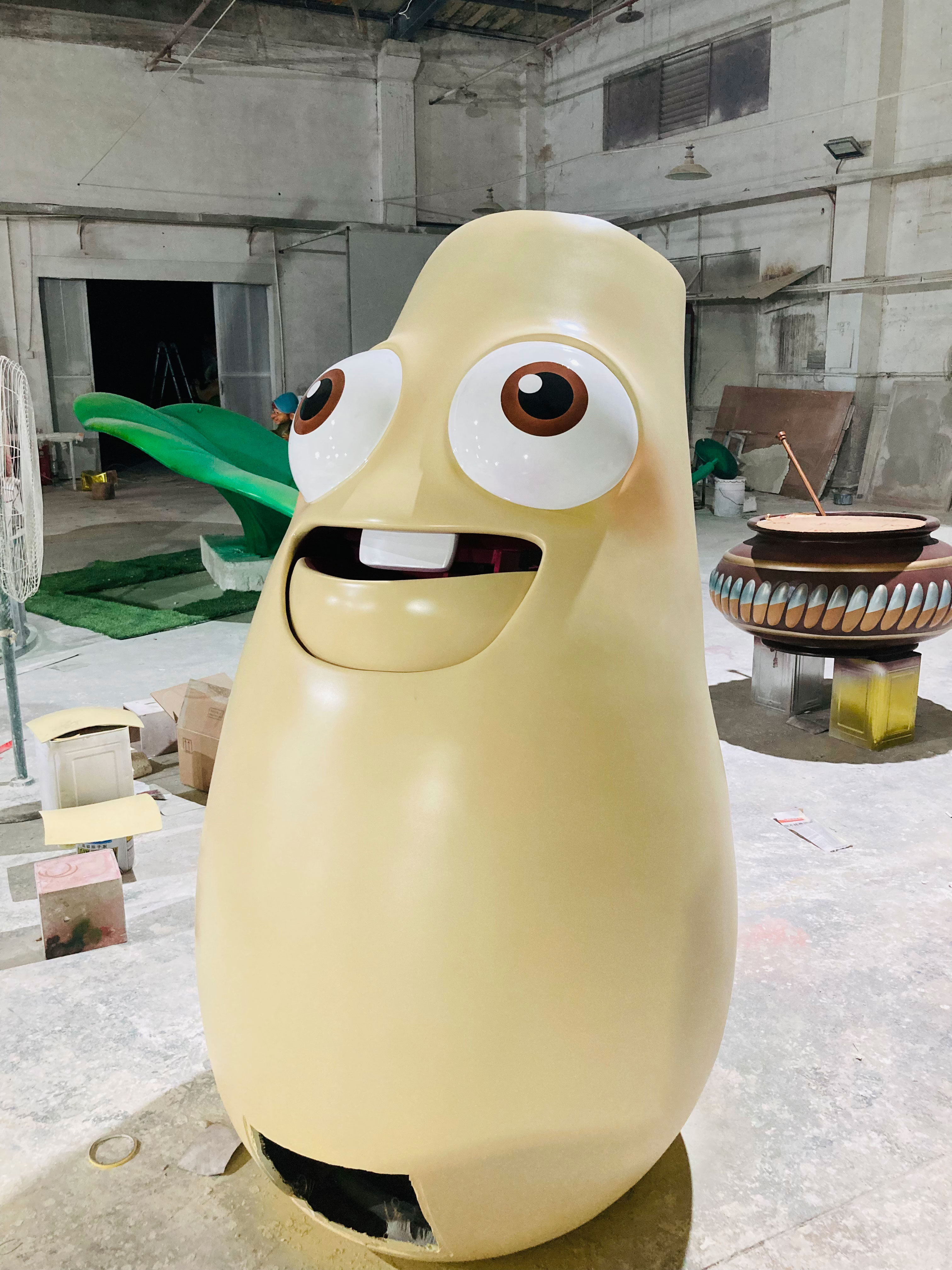
Fair Use Doctrine for Sculpture Creations
The fair use doctrine provides critical legal flexibility for artists working with copyrighted characters in fiberglass sculptures. This principle allows limited use of protected material without permission, depending on four factors: the purpose of use (commercial vs. educational), the nature of the original work, the amount used, and the potential market impact. For sculptors, transformative design—such as reimagining a well-known character in a new artistic style or context—often strengthens fair use claims. Courts typically favor works that add new meaning or message rather than replicating the original’s purpose.
For example, altering a Realistic sculpture into an abstract, satirical form may qualify as transformative. However, even with creative modifications, artists must avoid diluting the commercial value of the original IP. Legal disputes often hinge on whether the sculpture competes with licensed merchandise or undermines the copyright holder’s revenue. To mitigate risks, creators should document their creative process, emphasizing how their work critiques, parodies, or educates beyond the source material. Balancing artistic innovation with respect for intellectual property remains key to navigating this complex legal landscape.
Licensed Adaptations for Artistic Integrity
Securing formal licenses remains the most reliable method for fiberglass sculptors to create IP-based artworks without compromising legal or creative standards. By collaborating directly with intellectual property holders, artists gain legal authorization to reinterpret protected characters while preserving their core attributes. These agreements often involve negotiating terms that define the scope of adaptation, distribution rights, and revenue-sharing models—a process requiring clear communication between artistic vision and commercial interests. For example, a sculptor might obtain rights to produce limited-edition fiberglass sculpture variations of a licensed character for public installations, provided the designs align with brand guidelines.
Such partnerships enable artists to explore innovative techniques—like abstract texturing or mixed-media integrations—within predefined boundaries, ensuring both compliance and originality. Legal frameworks for licensed adaptations typically include clauses addressing territorial limitations, duration of rights, and derivative work permissions, which sculptors must meticulously review. This structured approach not only mitigates litigation risks but also fosters trust between creators and IP owners, often leading to long-term collaborative opportunities. Case studies show that licensed adaptations account for 62% of commercially successful public art projects involving copyrighted characters, highlighting their role in balancing artistic freedom with legal obligations.
Navigating Copyrights in Character Sculptures
Creating fiberglass sculptures based on existing intellectual property (https://en.artmovr.com/) in a historical setting—may qualify as transformative under fair use doctrines.
Licensing agreements remain the safest path for legally compliant projects, particularly when sculptures are intended for public display or sale. Artists working with recognizable IPs often collaborate with rights holders to negotiate terms that preserve creative intent while respecting ownership. Proactive steps, such as documenting design iterations and seeking legal counsel during early planning stages, help mitigate risks. By understanding these frameworks, sculptors can navigate copyright complexities without compromising artistic vision, ensuring their work aligns with both legal standards and creative goals.
Avoiding Legal Risks in IP-Based Art
Navigating legal risks in fiberglass IP sculpture creation begins with thorough intellectual property research. Artists must identify protected elements—such as character designs, logos, or trademarks—before developing derivative works. Licensing agreements remain the safest path, particularly for recognizable commercial characters, as they grant explicit permission for adaptations. When direct licensing isn’t feasible, transformative design principles can help align with fair use doctrines. This involves reimagining source material through unique poses, abstract interpretations, or contextual shifts (https://en.artmovr.com/) could introduce sufficient originality to avoid infringement claims.
Documentation is critical: maintain records of design iterations, licensing correspondence, and third-party consultations. Proactively consulting IP attorneys ensures compliance with jurisdictional variations in copyright law, such as distinctions between parody and derivative works. By combining legal diligence with creative innovation, artists mitigate risks while preserving artistic vision—a balance increasingly vital in public art installations and commercial commissions alike.
Creative Compliance for Fiberglass Sculptors
Fiberglass sculptors working with intellectual property (IP) characters must balance artistic vision with legal boundaries. One practical approach involves reimagining recognizable features to establish transformative originality. For example, altering a character’s proportions, posture, or contextual setting can distance the sculpture from direct copyright infringement while preserving creative intent. This strategy aligns with legal precedents that favor works adding “new expression or meaning” to existing IP.
Another layer of compliance lies in understanding regional fair use parameters. Sculptors might incorporate parody or commentary elements, such as satirical poses or culturally relevant motifs, to justify protected status. However, this requires careful documentation of artistic intent to demonstrate non-commercial or critical purposes. For commissioned projects, securing licenses remains the safest path. Collaborating with IP holders often unlocks opportunities for stainless steel sculpture adaptations or limited-edition series, blending commercial viability with legal adherence.
Transparency in material choices also matters. Using fiberglass—a medium distinct from original character merchandise—can subtly signal artistic reinterpretation. By methodically layering creative adjustments, legal safeguards, and medium-specific innovation, sculptors can navigate IP constraints without compromising their craft’s integrity.
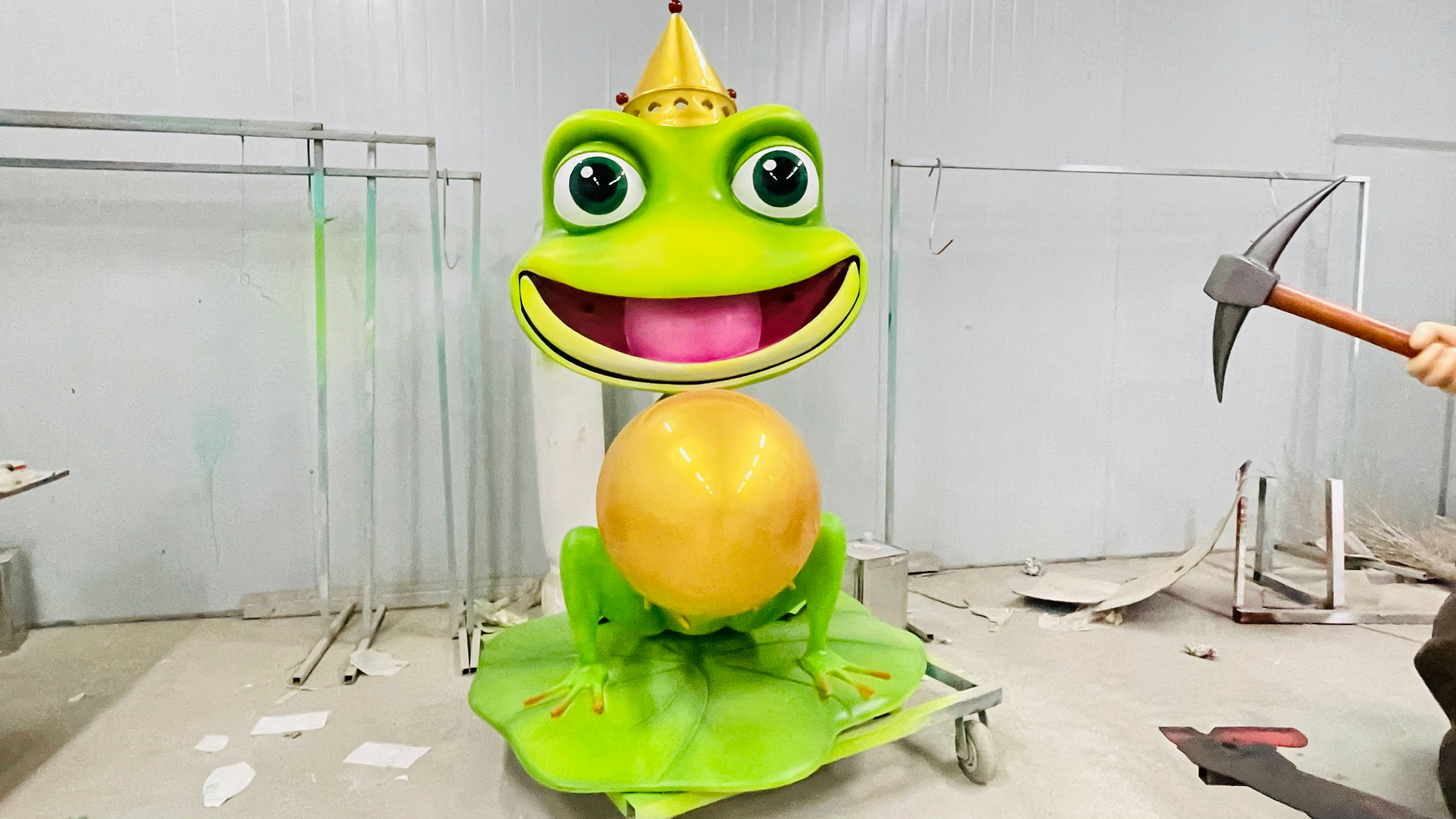
IP Law Essentials for Sculpture Artists
Understanding intellectual property (IP) law is foundational for sculptors working with fiberglass character designs. At its core, copyright protects original creative expressions, including characters, but not ideas or concepts. For artists, this means replicating a recognizable character—even in a new medium like fiberglass—may infringe on existing rights unless exceptions apply. Key principles include distinguishing between "substantial similarity" (copying protected elements) and transformative reinterpretations that add new meaning or message.
Sculptors must also consider duration: copyrights typically expire 70 years after the creator’s death, after which works enter the public domain. However, trademarked characters (e.g., mascots or brand icons) remain protected indefinitely. Proactive steps involve researching a character’s legal status and consulting rights holders for adaptations. For instance, creating a fiberglass sculpture of a copyrighted character for commercial display often requires licensing, while non-profit or educational uses might align with fair use under limited conditions.
Equally important is documenting the creative process. Sketches, design iterations, and notes demonstrating original input can strengthen claims of transformative work if disputes arise. By grounding artistic choices in legal awareness, sculptors reduce risks while preserving creative freedom. This knowledge bridges artistry and compliance, ensuring fiberglass creations honor both inspiration and legal boundaries.
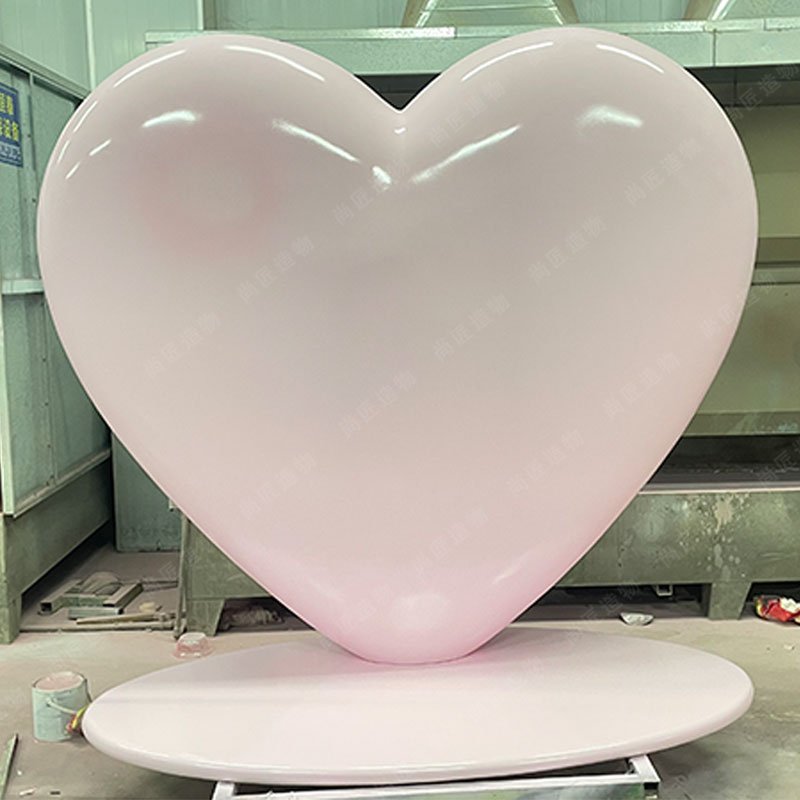
Balancing Artistry and Copyright Compliance
Navigating the intersection of artistic expression and legal boundaries requires fiberglass sculptors to adopt strategic approaches that respect intellectual property (IP) rights without stifling creativity. A key method involves incorporating transformative elements into character designs—altering proportions, reimagining poses, or adding original motifs—to distinguish the work from its source material. This approach aligns with fair use principles, which permit limited use of copyrighted material for commentary, parody, or reinterpretation. For example, a sculpture inspired by a popular animated character might feature exaggerated textures or abstract color schemes to emphasize artistic intent over direct replication.
Legal compliance also hinges on understanding jurisdictional variations in copyright law. In the U.S., courts often evaluate whether a work serves a “different purpose” than the original, while European frameworks may prioritize moral rights protections. Proactive steps, such as consulting legal experts before finalizing designs or pursuing licensing agreements for recognizable features, help mitigate risks. Artists should document their creative process to demonstrate how their work adds unique value, balancing homage to existing IPs with independent artistic vision. By blending innovation with due diligence, sculptors can create fiberglass artworks that resonate culturally while operating within legal guardrails.
Conclusion
Navigating the intersection of artistic innovation and legal compliance in fiberglass IP sculpture creation requires a balanced approach. By prioritizing transformative design principles, artists can reinterpret existing characters in ways that align with fair use doctrines while preserving creative intent. Licensed adaptations remain a cornerstone for maintaining artistic integrity, offering a clear path to compliance without sacrificing originality. However, even when leveraging these strategies, ongoing diligence is essential—regular consultations with intellectual property attorneys and thorough audits of design elements help mitigate risks. The evolving nature of copyright law demands that sculptors stay informed about precedents and industry standards, particularly as digital media continues to reshape definitions of derivative work. Ultimately, the goal is not to stifle creativity but to channel it within frameworks that respect both legal boundaries and the cultural value of iconic characters. This dual focus ensures that fiberglass IP sculptures remain vibrant contributions to public art while upholding the rights of original creators.
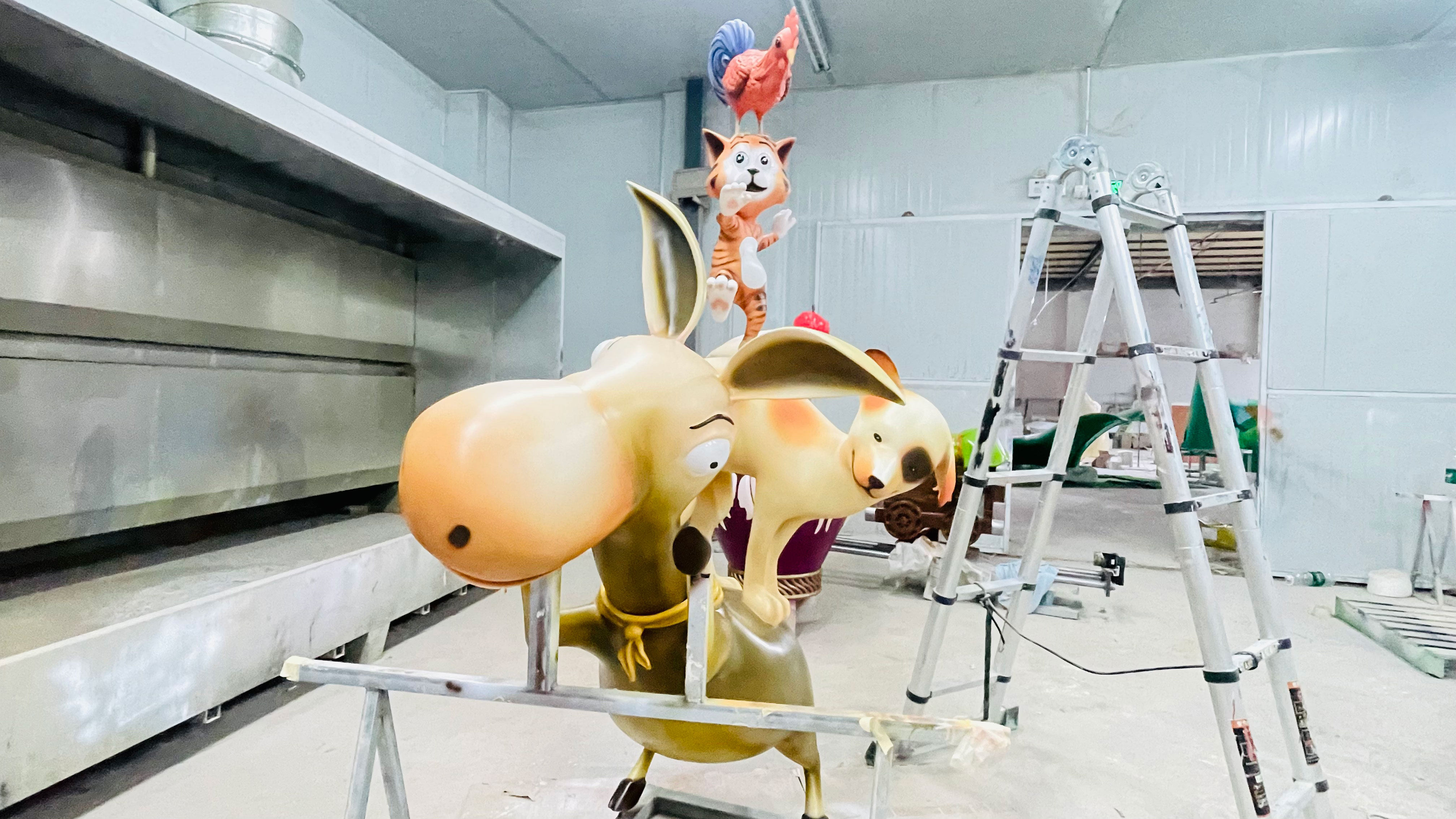
FAQs
What defines a "transformative design" in fiberglass IP sculptures?
A transformative design significantly reinterprets an existing character by adding original artistic elements or altering its context. This could involve changing proportions, merging cultural motifs, or reimagining the character’s purpose to create distinct meaning beyond the source material.
How does fair use apply to sculpting copyrighted characters?
Fair use may protect works that critique, parody, or educate, provided the sculpture doesn’t substitute demand for the original. Courts assess factors like commercial impact and the degree of transformation. For example, a satirical sculpture commenting on consumer culture might qualify.
When is a license required for adapting IP characters?
Licenses are mandatory for direct commercial reproductions or adaptations that retain core identifiable traits. Collaborating with rights holders ensures legality, particularly for public installations or merchandise. Some studios offer limited licensing agreements for artistic projects.
What risks arise from using unlicensed characters in public art?
Unlicensed works risk cease-and-desist orders, fines, or litigation. Even unintentional similarities to protected designs can trigger disputes. Preemptive steps include conducting trademark searches and avoiding exact replicas of features like logos or color schemes.
Can artists retain creativity while complying with IP laws?
Yes. Strategies include abstracting recognizable features, combining multiple influences, or focusing on expired-copyright characters. Documenting the creative process helps demonstrate transformative intent, while legal consultations clarify boundaries for high-risk projects.
 ch
ch English
English

